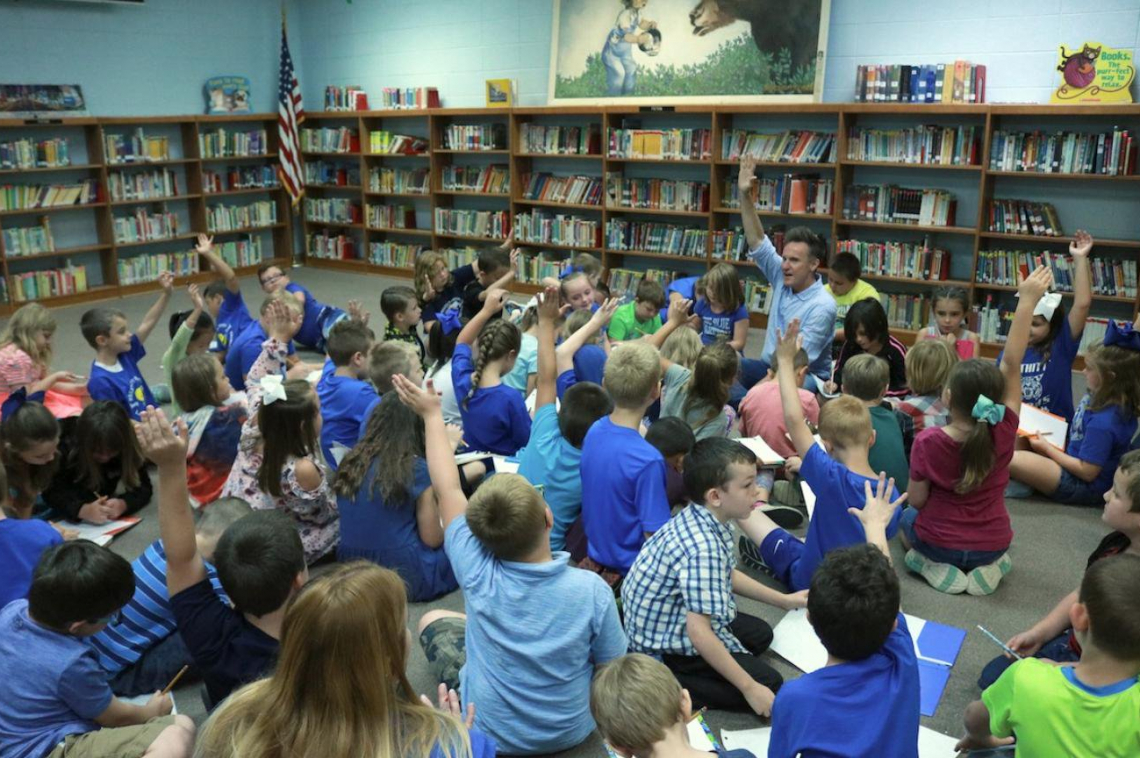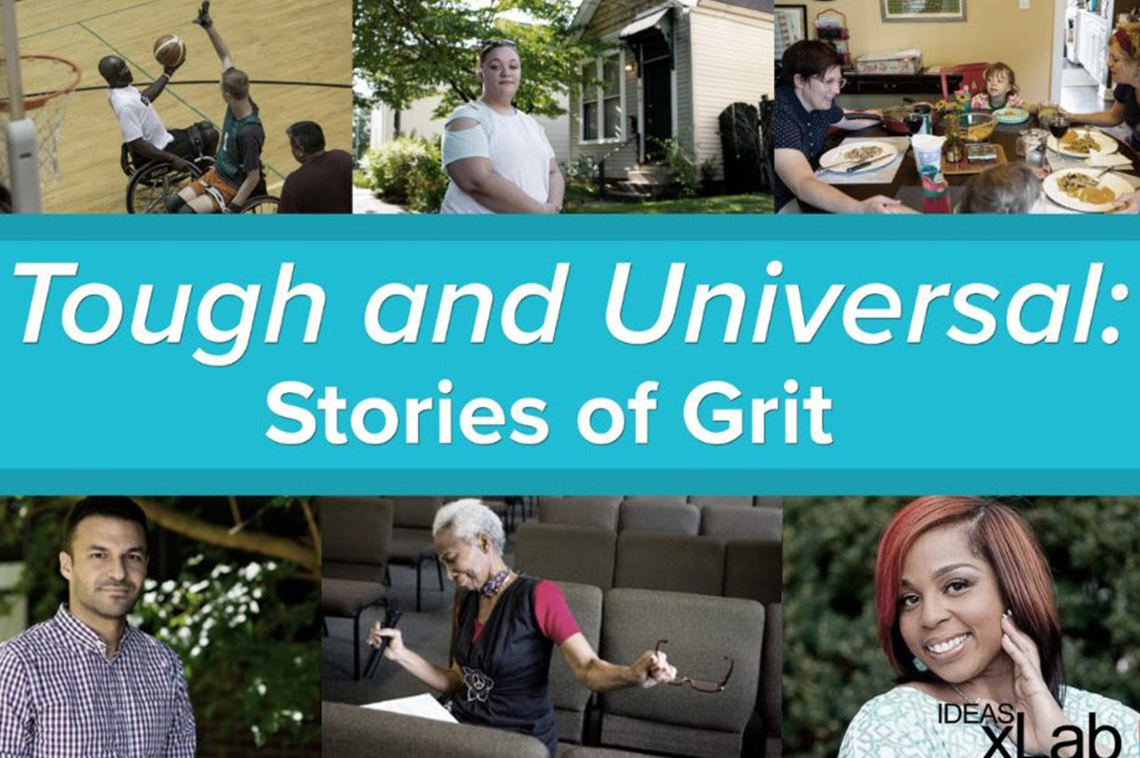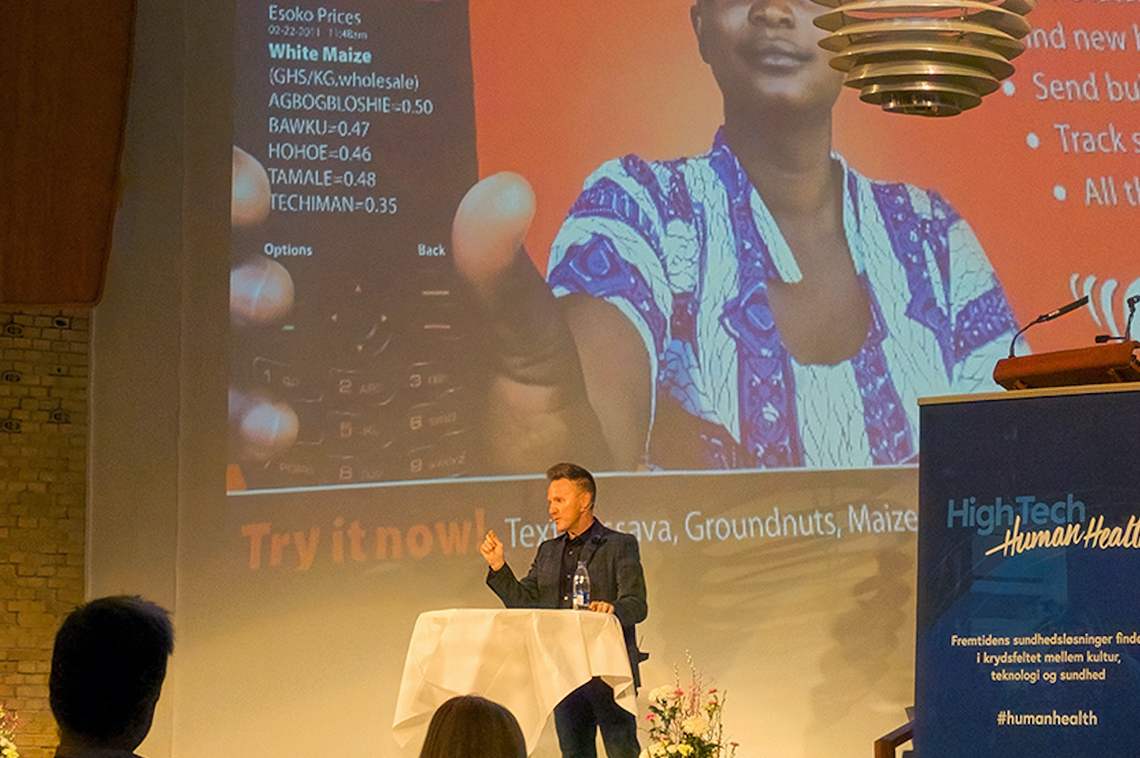


Culture to humans is like water to fish. We are impacted by it without being consciously aware of it. That is why each time I begin working on a creative placehealing project with a group, I always start with a series of questions to frame culture.
The first question is to understand how the group defines “community.” In reality, we are all members of multiple communities, each with its own culture. They might be where one works, goes to school, or lives. They might be those with whom one shares heritage (e.g., African American), identity (e.g., LGBTQ), or origin (e.g., immigrant). Knowing which communities we are considering and addressing is important.
Once that’s defined, I then use a series of questions adapted from ones I learned from Citizen University’s Eric Liu at an ArtPlace convening:
- Who tells your story?
- What story do they tell?
- Who benefits from your story being told in a certain way?
- What possibilities exist for a different story to be written, performed, and celebrated?
Applying these questions to myself, I think back to growing up as a gay kid in ’70s and early ’80s Appalachian coal country. Southeastern Kentucky. Breathitt County. I watched many of the “culture wars” of that era play out on one of the three TV stations we could reliably receive by antenna: NBC, CBS, and Kentucky Educational Television (KET).
While KET brought connection, acceptance, and growth to the area in the form of Mister Rogers’ Neighborhood, Sesame Street, and The Electric Company, NBC and CBS brought news stories that made me feel very scared and very alone. I particularly remember feeling that way at 12 years old as I watched the AIDS crisis unfold, questioning if I, too, would get “gay cancer” (as it was first called).
I could dance, though. So I clogged hundreds of hours every year to free myself and to seek safety. Dancing gave me a sense of hope and belonging. It was an early foundation upon which I built the trajectory of my future.
The Power of Social Toxicity
In 2017, I read an article in The Atlantic that stopped me in my tracks. It cited Journal of the American Medical Association reporting that Breathitt County was one of only 10 counties nationally where newborn children are expected to live fewer years than their parents. According to the study, 8 of the 10 counties nationally with the largest decreases in life expectancy between 1980 to 2014 were those directly adjacent to Breathitt.
Remembering my own childhood, I wondered how the young people in Breathitt today must feel when they are constantly bombarded with negative messaging about who others think them to be. Research shows that in the same way lead puts toxins into the environment, the constant drumbeat of negative messaging releases social toxins that impact our emotional and physical wellbeing. For more on social toxicity, I recommend this video featuring Dr. Shawn Ginwright.
As both an artist and health innovator and researcher, I’ve had the privilege of working with diverse groups and businesses across Appalachia and the South. Though each is special and unique, one thing is consistent across them all: the story each believes about its culture either ignites wellbeing and imagination among its participants, or hijacks it.
The same is true at a national level. Education. Justice. Capitalism. Science. Media. Health. American culture influences all of these systems, and they, in turn, influence our collective ability to imagine what is possible in our lives, our work, and our country.
Wellbeing, Healthcare, & America’s Innovation Economy: Possibilities & Paradoxes
Total health is more than the absence of disease. That’s why the CDC instead uses the term “wellbeing,” which includes the presence of positive emotions and moods, the absence of negative emotions (e.g., depression, anxiety), and an overall sense of life satisfaction. Culture has the potential to enrich wellbeing by enhancing one’s experience of self, direction in life, trust in and connection with others, ability to dream, and the resources needed to achieve those dreams. In other words, culture influences hope, trust, and belonging—all of which are shown in research to directly impact wellbeing.
Even though it is increasingly acknowledged that culture is central to a complete understanding of wellbeing—and research suggests that culturally responsive approaches to wellbeing lead to measurably improved performance across multiple indicators of health and health behaviors—America’s health system still largely focuses on a “transactional” model of health: biomedical responses to treating disease and injury through a privatized healthcare delivery model.
Paradoxically, it is this commodification of health within the American economy that has contributed to health inequity and resulted in a decline in overall population health outcomes. Evidence of this abounds. For example, according to Harvard Business Review, “racial health disparities are associated with substantial annual economic losses nationally, including an estimated $35 billion in excess health care expenditures, $10 billion in illness-related lost productivity, and nearly $200 billion in premature deaths. Concerted efforts to reduce health disparities could thus have immense economic and social value.”
The cumulative effects of the “isms” (racism, sexism, classism, ableism, ageism, homophobia, etc.) are literally making us sicker, killing us sooner, and preventing us from engaging in the collective imagination upon which America’s innovation economy depends. This is where I see immediate, tangible opportunities for businesses to integrate creative placemaking programs.
Research suggests that companies who commit to creating an inclusive culture experience higher rates of employee wellbeing, improve their attraction and retention rates, offer more meaningful employee engagement opportunities through evidence-based corporate social responsibility programs, and improve their own market performance and shareholder value.
What’s Next
In the third article of this four-part series, I will explore how for-profit and non-profit organizations alike can take a holistic approach to cultural wellbeing for both their employees and larger communities. I will discuss practical methods and metrics by which organizations can integrate artists, culture-bearers, and creatives into their efforts to better serve their constituents’ health and wellbeing while simultaneously bolstering their cultures of inclusivity, diversity, and innovation—and serving their bottom line.
***
Theo Edmonds is an artist, cultural futurist, champion clog dancer, and health innovator. He is an Assistant Professor at the University of Louisville School of Public Health & Information Sciences, where he also serves as Founding Director of the Center for Creative Placehealing. He is co-founder of IDEAS xLab and Vice President of CIVITAS, a regional LGBTQ Chamber of Commerce. Theo was named by Southern Living magazine as one of 50 People Changing the South.
Image #1: Read more about IDEAS xLab’s Our Breathitt initiative.
Image #2: Listen to the Tough and Universal: Stories of Grit podcast.
Image #3: Watch Theo’s presentation “How Culture Shapes Health.”





